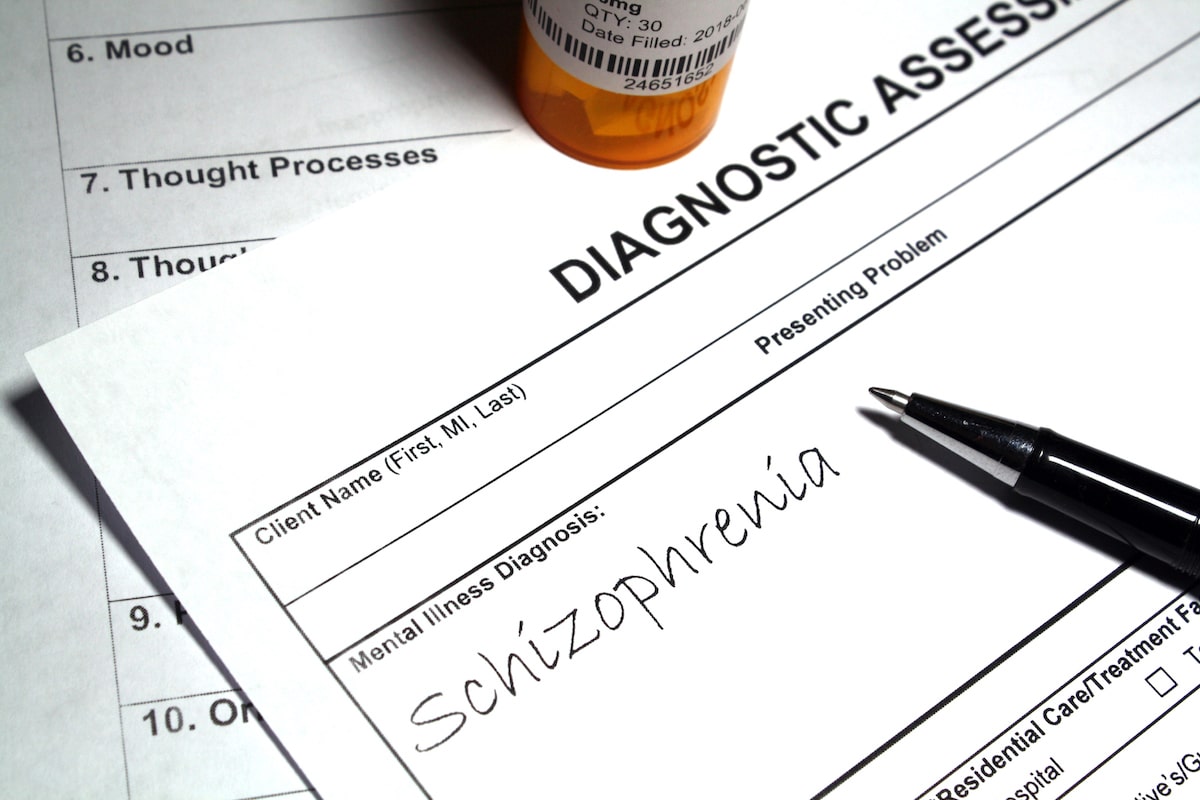<< Back
Institute of Living Researchers Join International Study of Schizophrenia in Young People

September 15, 2020
The Olin Neuropsychiatry Research Center and Advanced Services for Adolescents with Psychosis Program at The Institute of Living, part of Hartford HealthCare’s Behavioral Health Network (BHN), was selected to join an international research effort to better understand the cause and effect of schizophrenia in high-risk adolescents and young adults.
Backed by a $52 million, five-year grant from the National Institutes of Health (NIH), the project includes development of a Psychosis Risk Outcomes Network (ProNET) at each of the 27 participating institutions, and investigators will study and characterize phenotypes or biomarkers associated with psychosis risk.
With a central data processing and coordination center at Harvard University, a research network centered in Australia and the Foundation for the National NIH’s Accelerating Medicines Partnership for Schizophrenia, ProNET teams will test whether data-driven variation in these biomarkers can predict individual clinical trajectories and select those most likely to benefit from specific treatments.
“This large and important award puts the IOL on the map regarding a critical area in psychiatry, which is successfully identifying young individuals at high risk for psychotic illnesses,” said Dr. Godfrey Pearlson, director of Olin and one of two co-principal investigators of this study at the IOL. “Similar to finding people at increased risk for heart disease or breast cancer, we want to identify and treat these individuals successfully before they become manifestly sick. Identifying them when treatment is more straightforward and the condition less distressing is critical for those of us in the mental health field.”
Jimmy Choi, PsyD, the IOL’s second co-principal investigator, added, “This project brings together cutting-edge psychosis research at the Olin Research Center with the innovative clinical care provided at ASAP and the Child and Adolescent Day Program.”
Besides Drs. Pearlson and Choi, the IOL core team includes co-investigators Michael Stevens, PhD; Patricia Graham, LMSW; and Jennifer Zajac, DO. Graham said participation in the study underscores the important work being done at the IOL to improve the lives of youths with schizophrenia.
“This grant will afford ASAP the opportunity to work alongside other programs across the world to better understand the presenting symptoms and work together to truly reduce the duration of untreated psychosis at the earliest phase,” she said.
Globally, 3.2 percent to 7 percent of youth have early symptoms of schizophrenia or psychosis. Some will go on to develop other mental health conditions such as depression or bipolar disorder, while others will manage the symptoms on their own or seek professional help. About 2.3 percent experience enough problems that they are hospitalized.
Hospitals participating in the ProNET study will recruit more than 1,200 youth as young as 12 years old, and mine existing patient data. Of the recruits, Dr. Choi said 1,000 will be at risk for developing schizophrenia due to emerging psychotic symptoms such as hearing voices, delusions and/or bizarre thinking. Three hundred will be healthy controls, or those with no mental health issues or risk of developing psychosis.
The researchers will look for biological biomarkers, which contain the individual’s complete genetic profile, for signs of schizophrenia. They will also look at participants’ cognitive ability, family history, education, psychological trauma, environmental exposure to toxins and social involvement in the community.
The goals, Dr. Choi said, are to identify which biomarker or combination of markers shows up before a problem develops, and to determine if treating or eliminating the biomarker(s) early will prevent schizophrenia later.
“The goal of ProNET is to identify the biomarker for very early treatment – genetic therapy, reduction of family stress, normalization of abnormal brain electrophysiology, etc. – that may prevent schizophrenia,” he said, adding that applying the chosen treatment will be next for ProNET after the current five-year grant cycle ends.
The researchers are looking for what are called “subclinical symptoms,” which Dr. Choi described as those that are present enough for family and friends to notice but not bad enough for a schizophrenia diagnosis.
Common subclinical symptoms include:
- Hearing voices that bother the person but do not impair their life.
- Having delusions about people around them, which can influence the person’s perception of others.
- Bizarre thinking such has believing they have magical powers.
Currently, mental health professionals treat schizophrenia symptoms individually as they arise, Dr. Choi said.
“Symptoms keep coming up over and over and it’s a never-ending battle to put out each fire,” he said. “Depending on what ProNET finds, we’ll know if treatment should target areas that are not a problem but will eventually lead to schizophrenia.”
Being included with other prestigious institutions from around the world reflects on the expertise of IOL team members, added Dr. John Santopietro, senior vice president of behavioral health services with HHC and physician-in-chief of the BHN.
“As we approach the 200th anniversary of the IOL and celebrate two centuries of excellence,” he said, “our team’s participation in this international work suggests a future with continued innovation, dedication to public health and extremely relevant contributions to the field.”